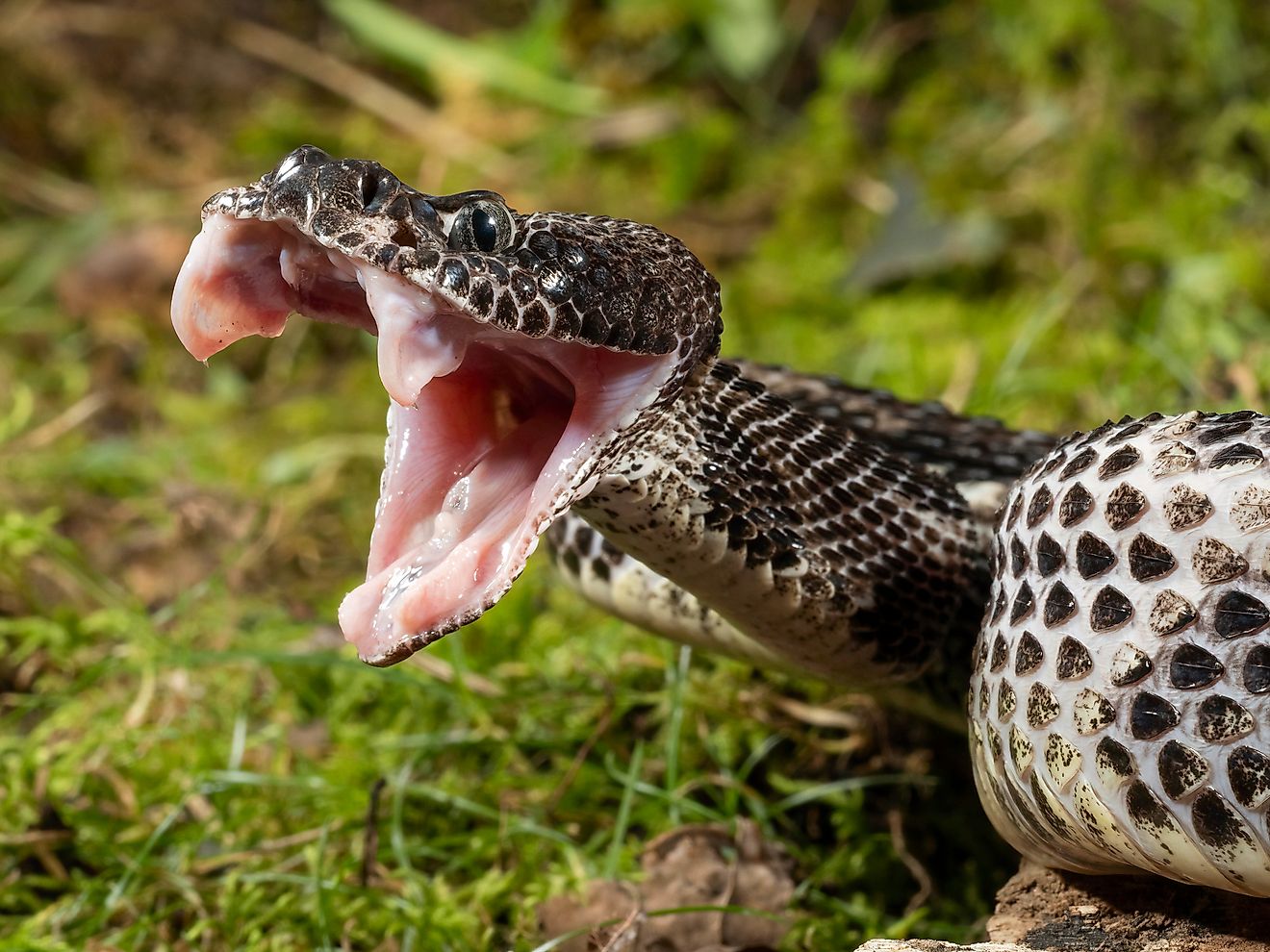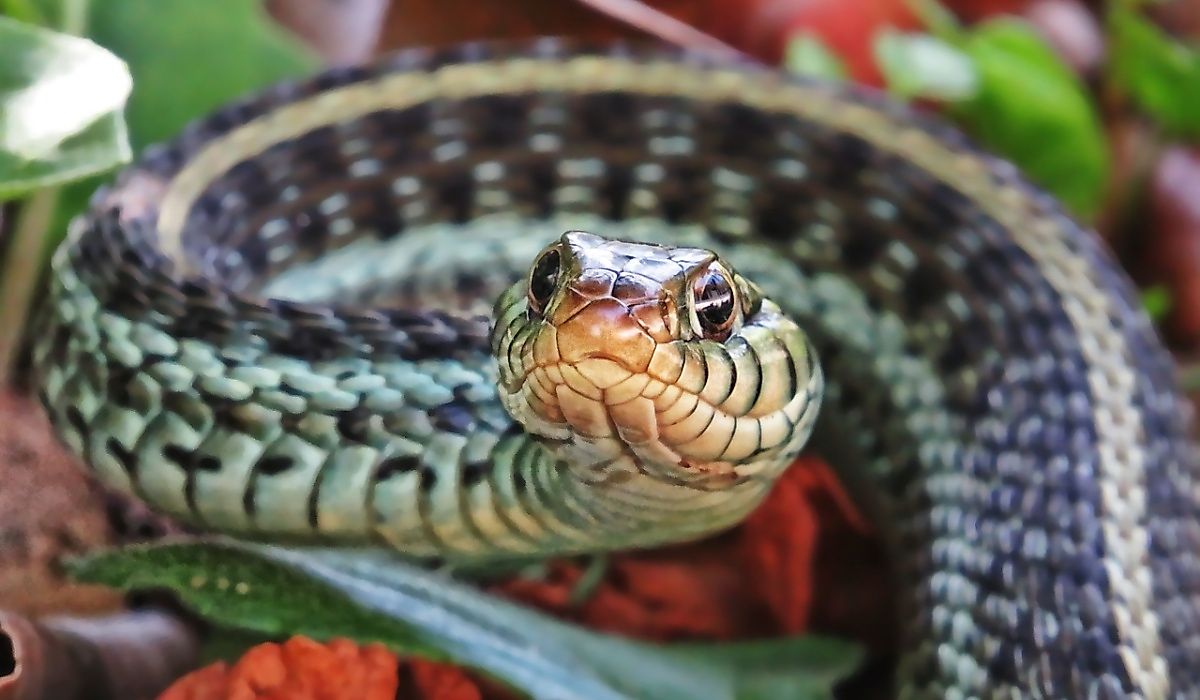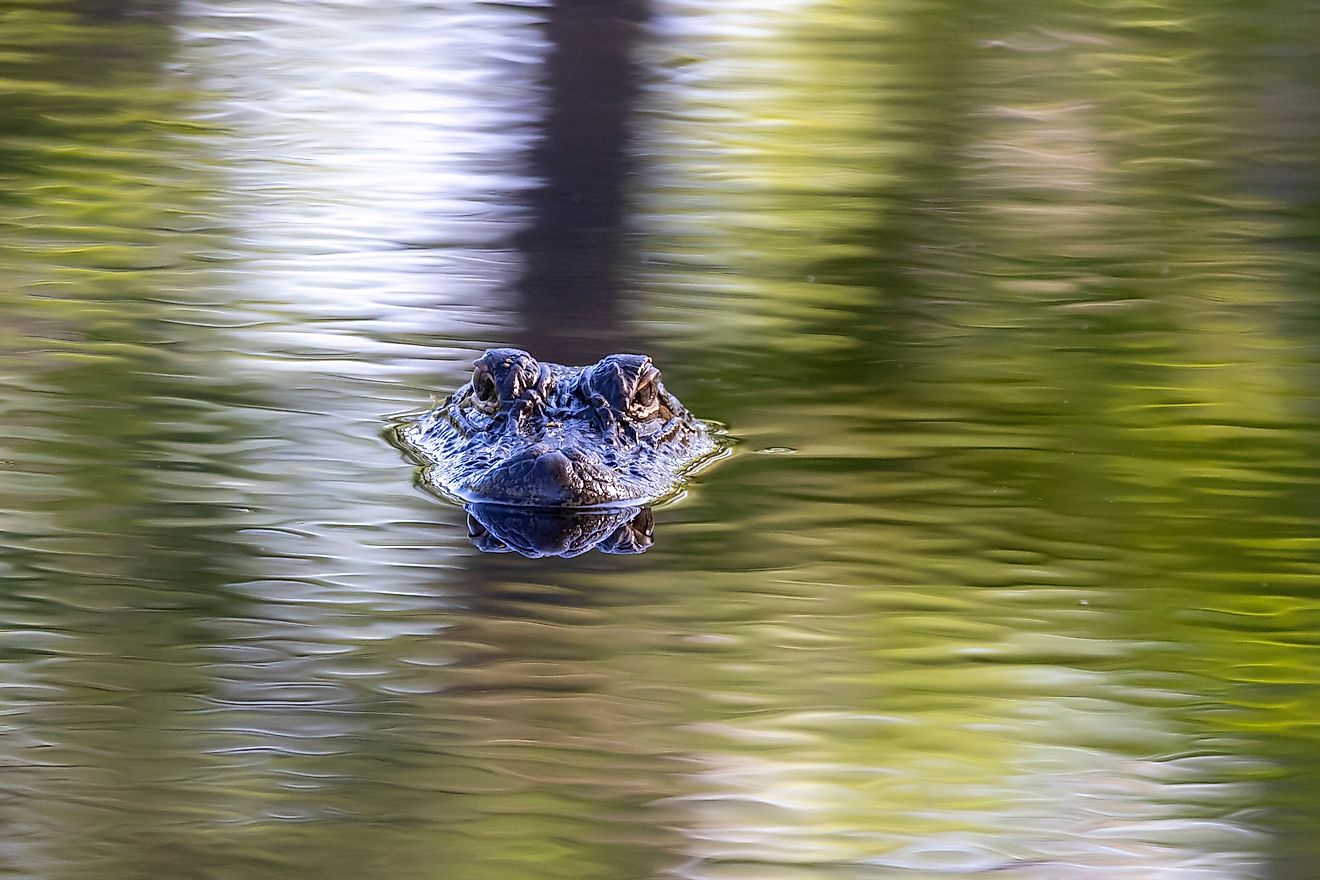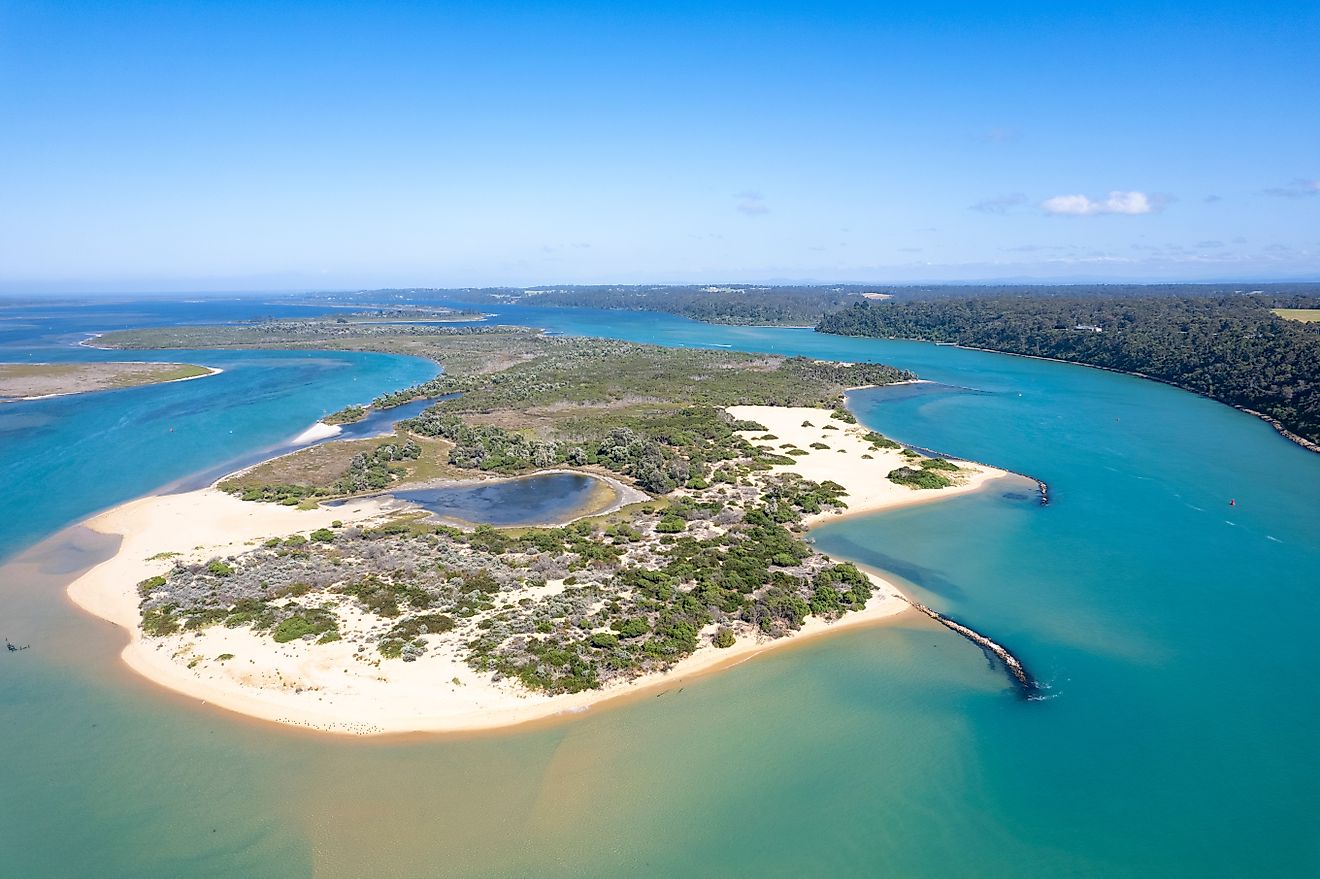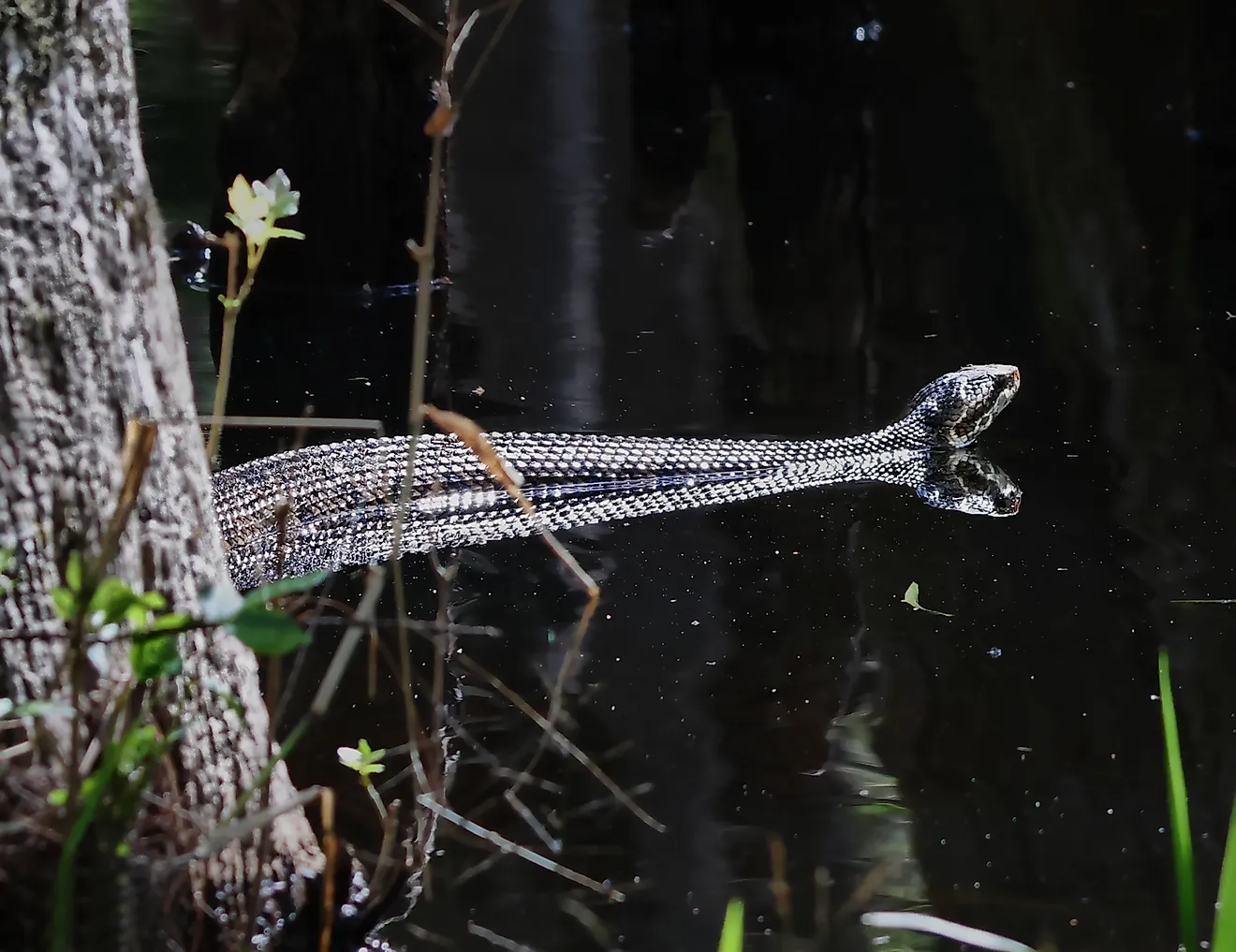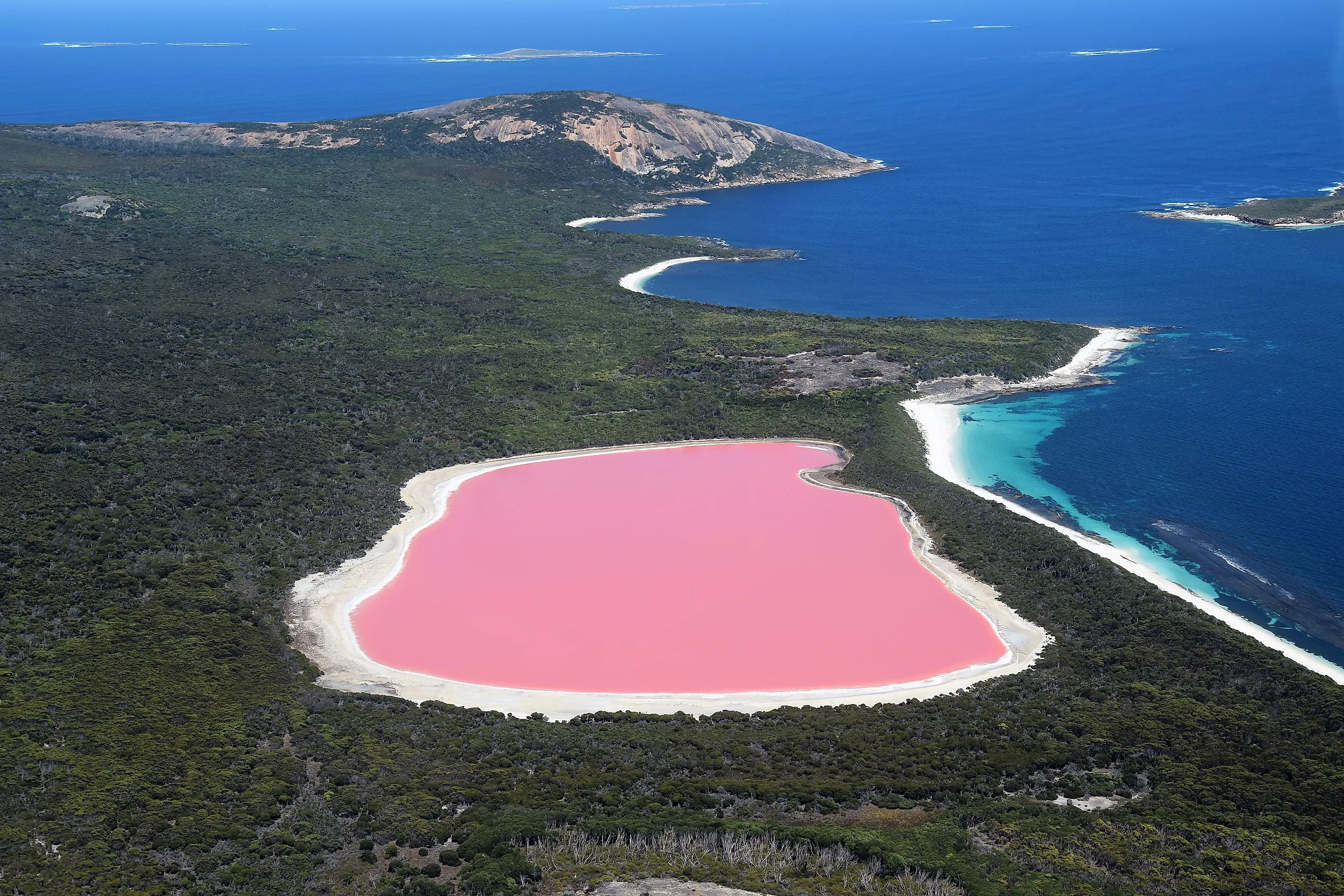
Why Are Some Lakes Bright Pink?
If you’ve ever browsed a travel influencer’s Instagram profile, you’ve likely seen a carefully-angled shot of a gorgeous jetsetting type bathing in a shockingly pink lake. Though few and far between, there are enough such pink lakes in the world to make them a staple in photography circles. But when the vast majority of the world’s lakes reflect the sky and thus appear blue, how exactly do pink lakes end up that way? The answer is simpler than you might think. A combination of high lake salinity and the presence of halophilic algae and bacteria causes lakes to turn pink.
What Turns a Lake Pink?
If you know anything about flamingos, you may be able to begin guessing what makes a pink lake look that way. No, pink lakes aren’t just full of shrimp - but there are indeed biological processes and organisms responsible for that photogenic pink color. When you get down to it, the pink color of a lake is almost always the byproduct of certain kinds of algae in the water.
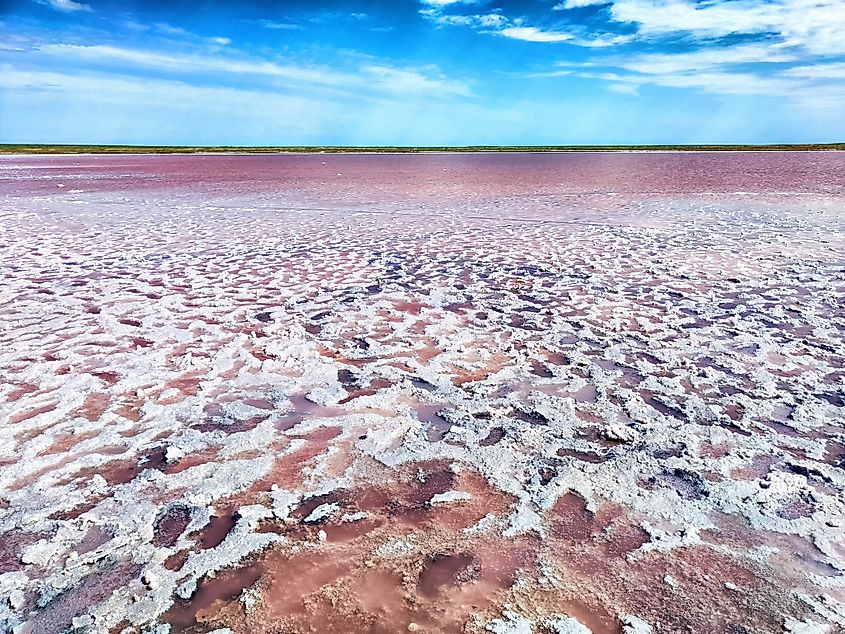
Though they’re scattered across the globe (more on that later), pink lakes typically have a few things in common that create the necessary conditions to get that oh-so-photogenic flamingo hue. And the first and most basic condition that must be met is that they’re highly saline. Lakes can be seasonal, ephemeral, or permanent, but when conditions are hot and dry, water evaporates, leaving behind salts that create high salinity conditions in the lake.
And that’s what creates the first of the conditions necessary to turn a lake pink. The lake becomes hypersaline. And once those conditions exist, the halophilic or salt-loving algae like Dunaliella salina and bacteria Salinibacter ruber, which make a lake appear pink to the human eye, can move in.
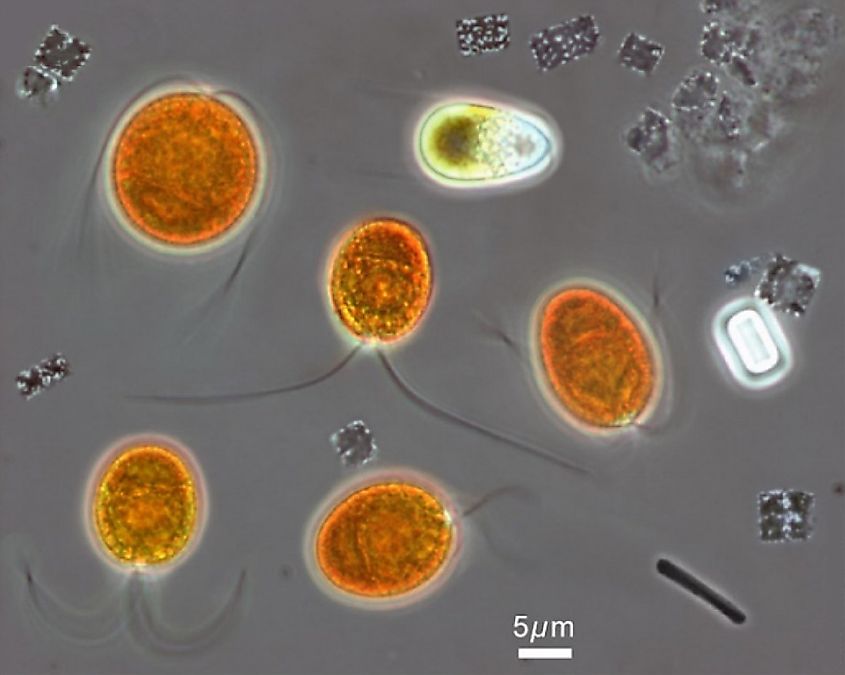
Though most cannot, these are species of algae and bacteria capable of surviving in extremely hypersaline waters. Those microorganisms are right at home in the salty waters of the world’s pink lakes, and in certain conditions, they begin to produce a red pigment. Provided that they’re getting enough light and salinity and the water temperature is high enough (hence why many pink lakes are in tropical regions), they’ll produce carotenoids, the class of red pigments that make carrots orange and shrimp-eating flamingos pink. These carotene pigments help these extremophilic organisms generate energy and protect them from ultraviolet light. When the environmental temperature and salinity of lakes go down, these microbial populations are replaced by photosynthesising organisms, making lakes lose their pink color.
Where Will You Find Pink Lakes?
Pink lakes are typically found in semi-arid areas with optimal conditions for hypersalinity, such as high temperatures and dryness. They are found on all continents except Antarctica.
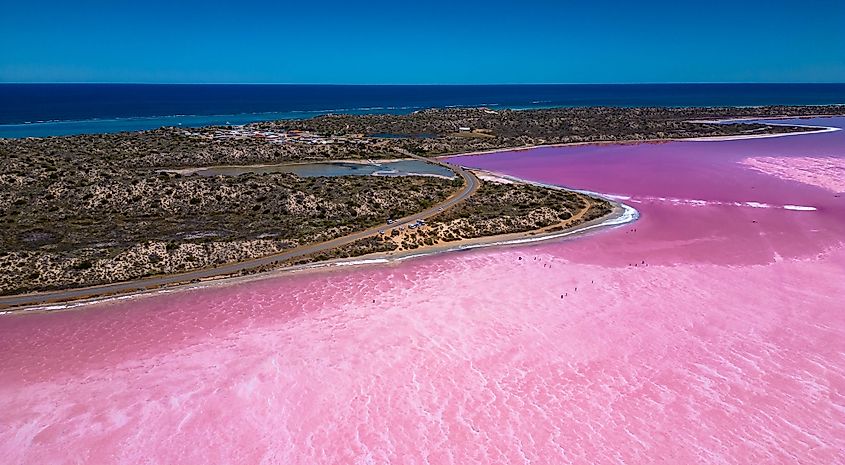
You’ll find an especially high concentration of pink lakes in Australia, where many of the best-known examples are found. Hutt Lagoon and Lake Hillier are both known for their extremely vivid pink color, and because their color photographs so well, those are the two locations you’ve most likely seen in photos of pink lakes.
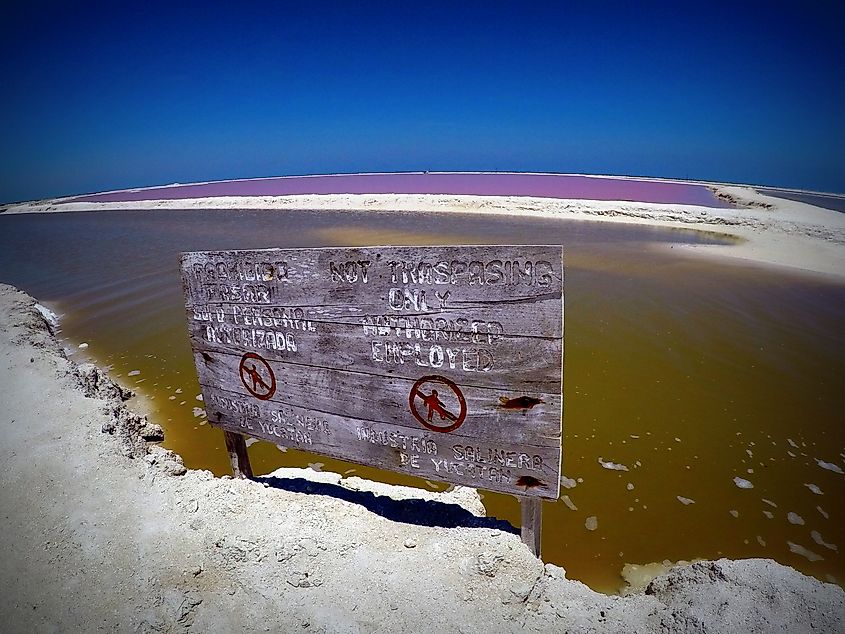
Latin America is also home to numerous pink lakes. Chile’s Atacama Desert has several; the Laguna Colorada in Bolivia is notable as a pink lake with a resident population of pink flamingos to match. And Mexico’s Yucatan Peninsula also has a handful. Lake Retba or Lac Rose in Senegal and Lake Natron of Tanzania are well-known salt lakes of Africa. Ukraine's Lake Lemuria and Koyashskoye Salt Lake are extremely beautiful examples representing Europe, while Asia houses pink lakes like Koryakovka of Russia and Maharloo Lake of Iran.
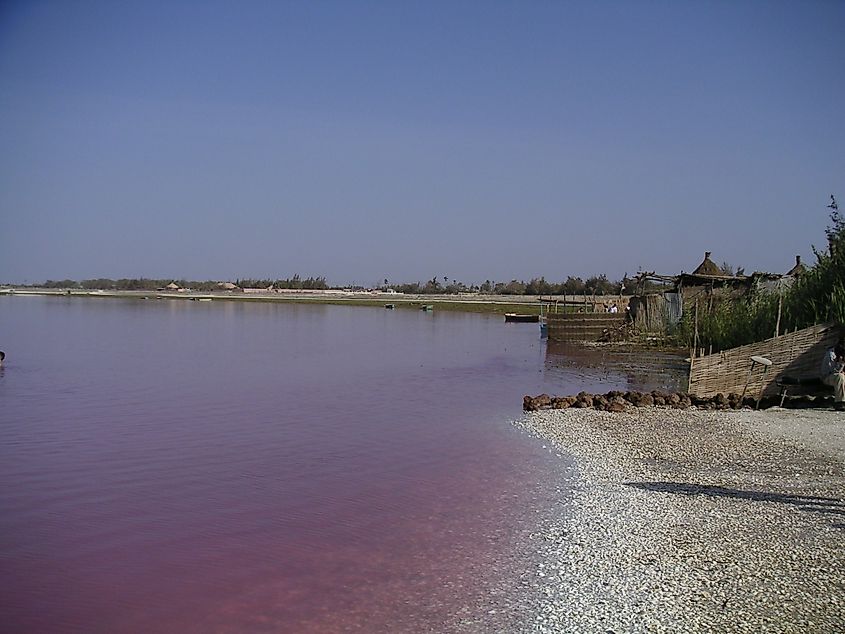
That said, it’s important to clarify a few things when you see a photo of a pink lake. Firstly, the effect might be seasonal: some lakes appear pink during certain seasons but do not remain so year-round, so if you turn up at the wrong time, you won’t see what you’re looking for. (A great example of this is the Great Salt Lake in Utah, which is sometimes referred to as a pink lake but really only has a faint rosy tint for a few months in the summer and otherwise is simply blue.) And secondly, is the water really that pink, or is it just clever photo editing? You may want to look into that when deciding which lake to visit, since a good photographer can vastly oversell the “pinkness” of a lake that doesn’t quite look like that in person.
Not What They Seem
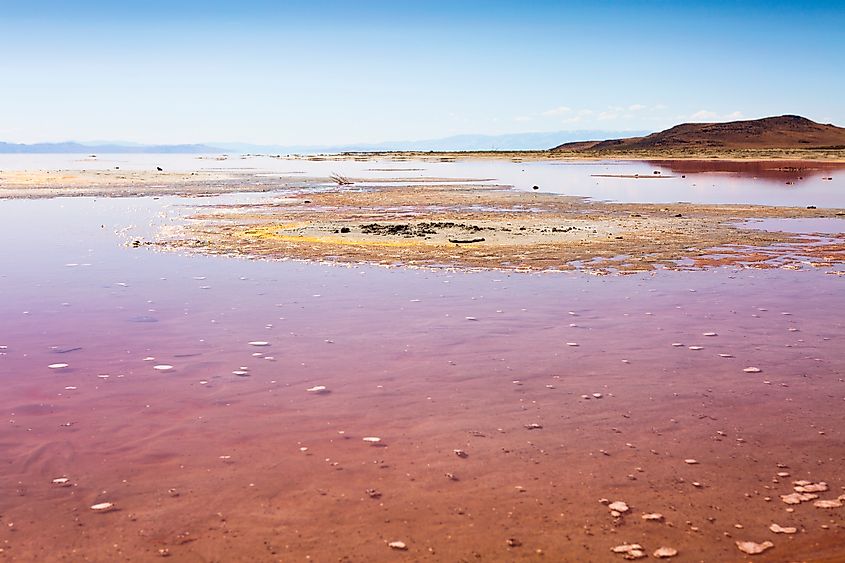
At first glance, you might assume that a pink lake got its color from some kind of chemical contaminant or an unusual mineral in the soil, but neither is true. Instead, it’s the millions of tiny organisms in highly saline lakes that produce enough pigments to create that Instagram-worthy pink effect. And while not every lake looks exactly like the pictures, there are plenty of exceptions to the rule: vivid pink lakes set against a brilliant tropical sky that you won’t regret traveling for. So next time you see one of those travel-influencer snapshots of a model floating on the surface of a lake that looks like it was filled with millions of gallons of Starbucks’ famous Pink Drink, remember you have microorganisms to thank.

